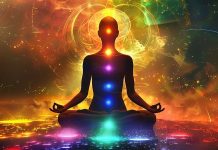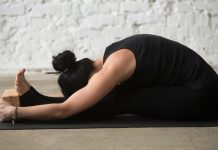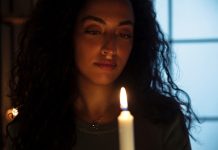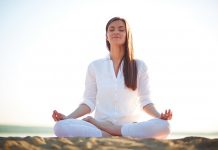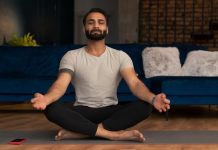
The practice of yoga encompasses a wide range of asanas (poses) that offer numerous physical and mental benefits. One such pose is the Cobra Pose, also known as Bhujangasana. Derived from the Sanskrit words “bhujanga” meaning snake or cobra, and “asana” meaning pose, this pose emulates the graceful and powerful movements of a cobra. The Cobra Pose is a foundational backbend that promotes strength, flexibility, and rejuvenation. In this article, we will explore the benefits, step-by-step instructions, and precautions associated with practicing Bhujangasana.
Benefits of Cobra Pose (Bhujangasana):
1. Spinal flexibility: Cobra Pose stretches the spine, improving its flexibility and increasing mobility. It helps counteract the negative effects of sedentary lifestyles and long hours of sitting.
2. Strengthens the back and core: The pose engages and strengthens the muscles of the back, including the erector spinae, which helps in maintaining a healthy posture. It also works the abdominal muscles, promoting core strength.
3. Opens the chest: Bhujangasana expands the chest and ribcage, enhancing lung capacity and facilitating deep and mindful breathing. It can be particularly beneficial for individuals with respiratory conditions like asthma.
4. Relieves stress and fatigue: The gentle backbend of Cobra Pose stimulates the adrenal glands, helping to alleviate stress and fatigue. It also rejuvenates the body, providing an energy boost.
5. Stimulates abdominal organs: By compressing the lower abdomen, Cobra Pose massages the digestive organs, improving digestion and metabolism. It may help relieve constipation and other digestive issues.
Step-by-step Instructions of Cobra Pose (Bhujangasana):
1. Start by lying face-down on a yoga mat, legs extended, and tops of the feet resting on the ground.
2. Place your palms on the mat beside your shoulders, fingers spread wide and pointing forward.
3. Engage your core muscles and press the tops of your feet, thighs, and pubic bone into the mat.
4. Inhale and slowly lift your head and chest off the mat, using your back muscles. Keep your elbows slightly bent and close to your sides.
5. Roll your shoulders back and down, away from your ears, and gaze forward without straining your neck.
6. Hold the pose for 15-30 seconds, breathing deeply and maintaining a steady rhythm.
7. Exhale and gently release the pose, lowering your chest and head back down to the mat.
Precautions and Tips:
– Avoid practicing Cobra Pose if you are pregnant, have recently undergone abdominal surgery, or have a back injury.
– Listen to your body and modify the pose as needed. If you experience pain or discomfort, ease off or discontinue the pose.
– Engage your core muscles to support your lower back and avoid putting excessive strain on the lumbar spine.
– Keep your shoulders relaxed and away from your ears, maintaining a gentle opening of the chest.
– If you have wrist pain, place your forearms on the mat with your elbows under your shoulders, performing Sphinx Pose instead.
The Cobra Pose, or Bhujangasana, is a dynamic yoga pose that offers a multitude of benefits for the body and mind. Regular practice of this backbend can help strengthen the back, improve flexibility, enhance respiratory function, and promote overall well-being. Remember to approach the pose with mindfulness, respecting your body’s limitations, and seeking guidance from a qualified yoga instructor if needed. Embrace the serpentine grace and strength of the Cobra Pose as you delve deeper into your yoga journey.





















